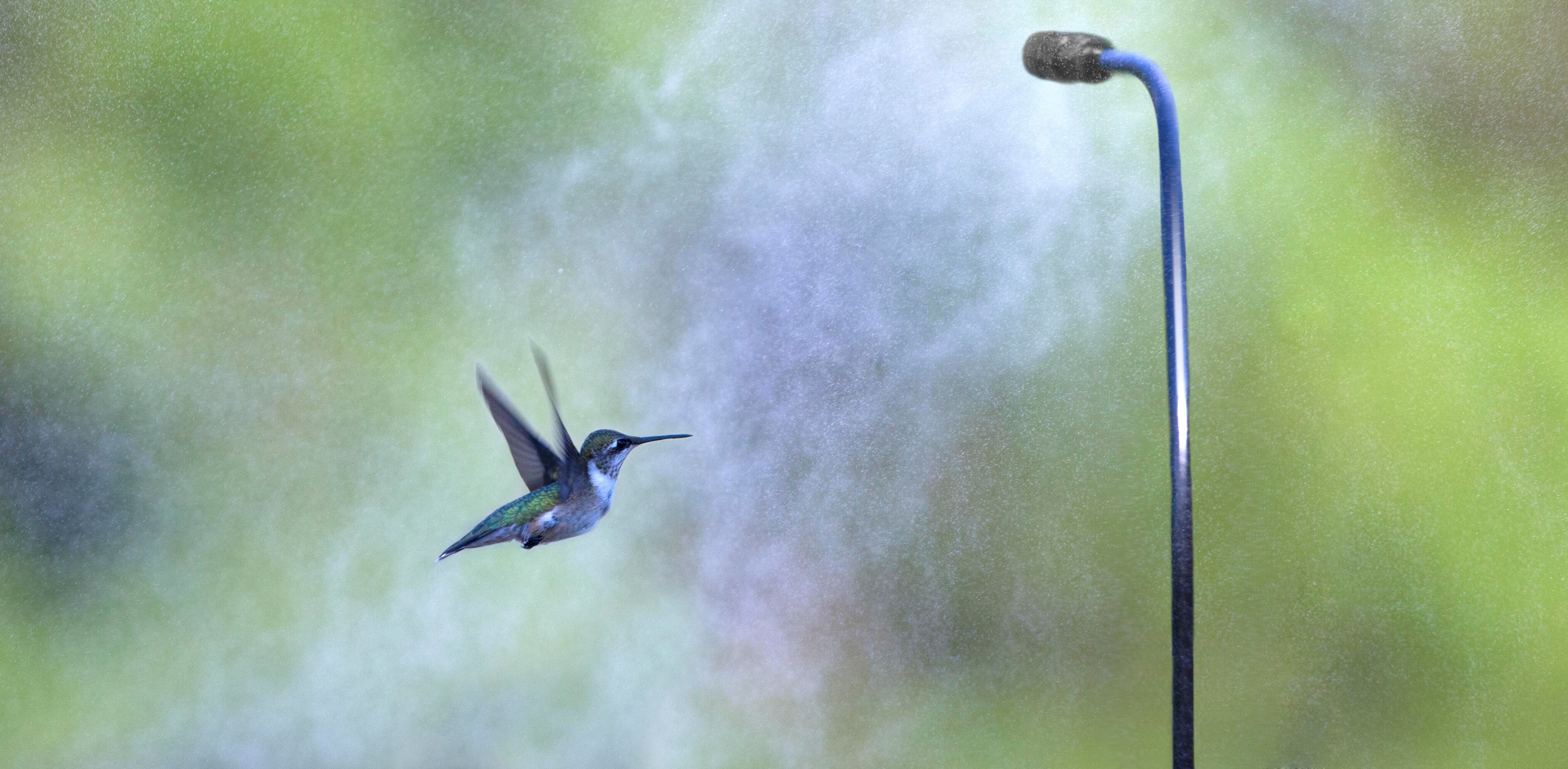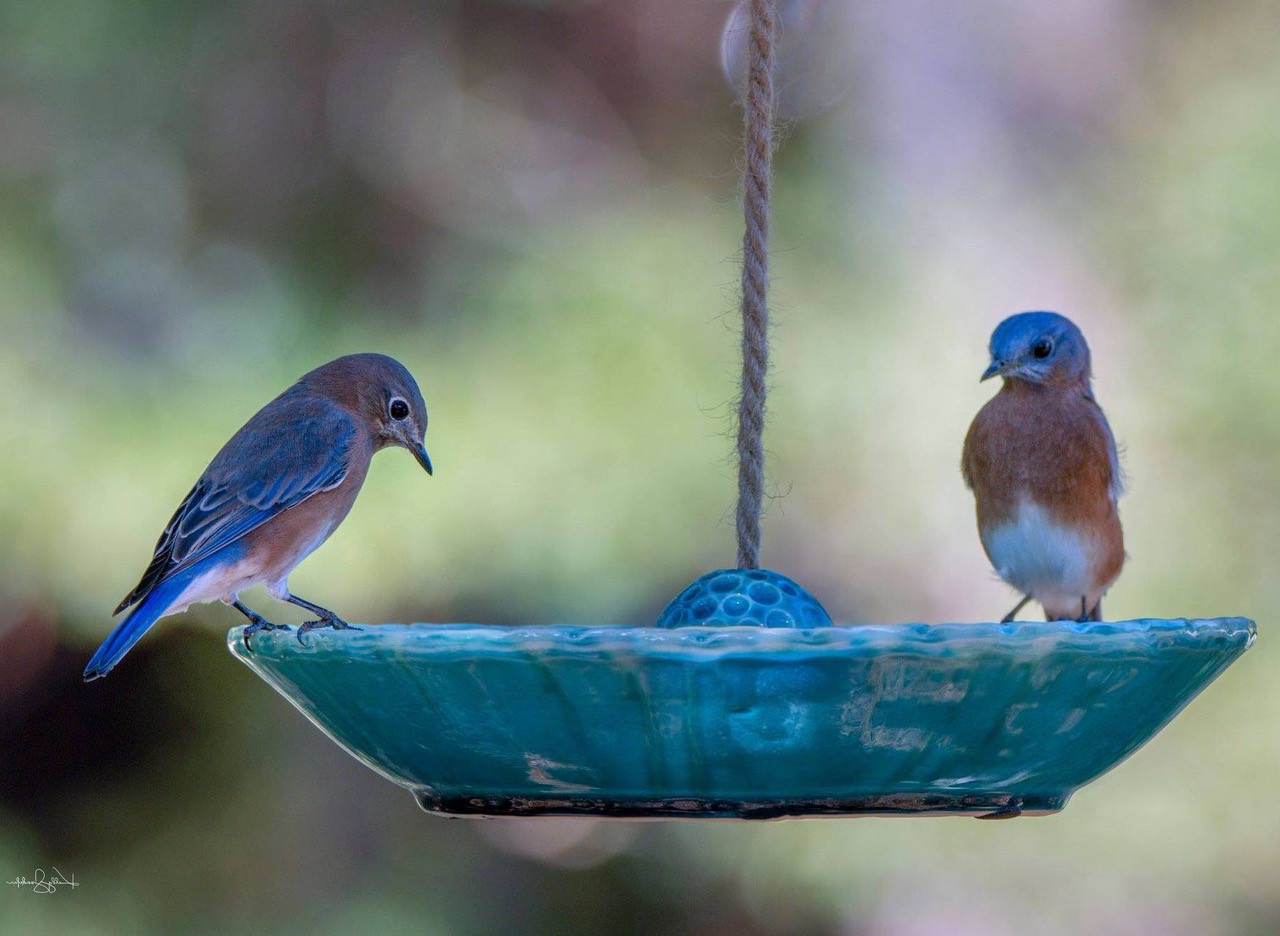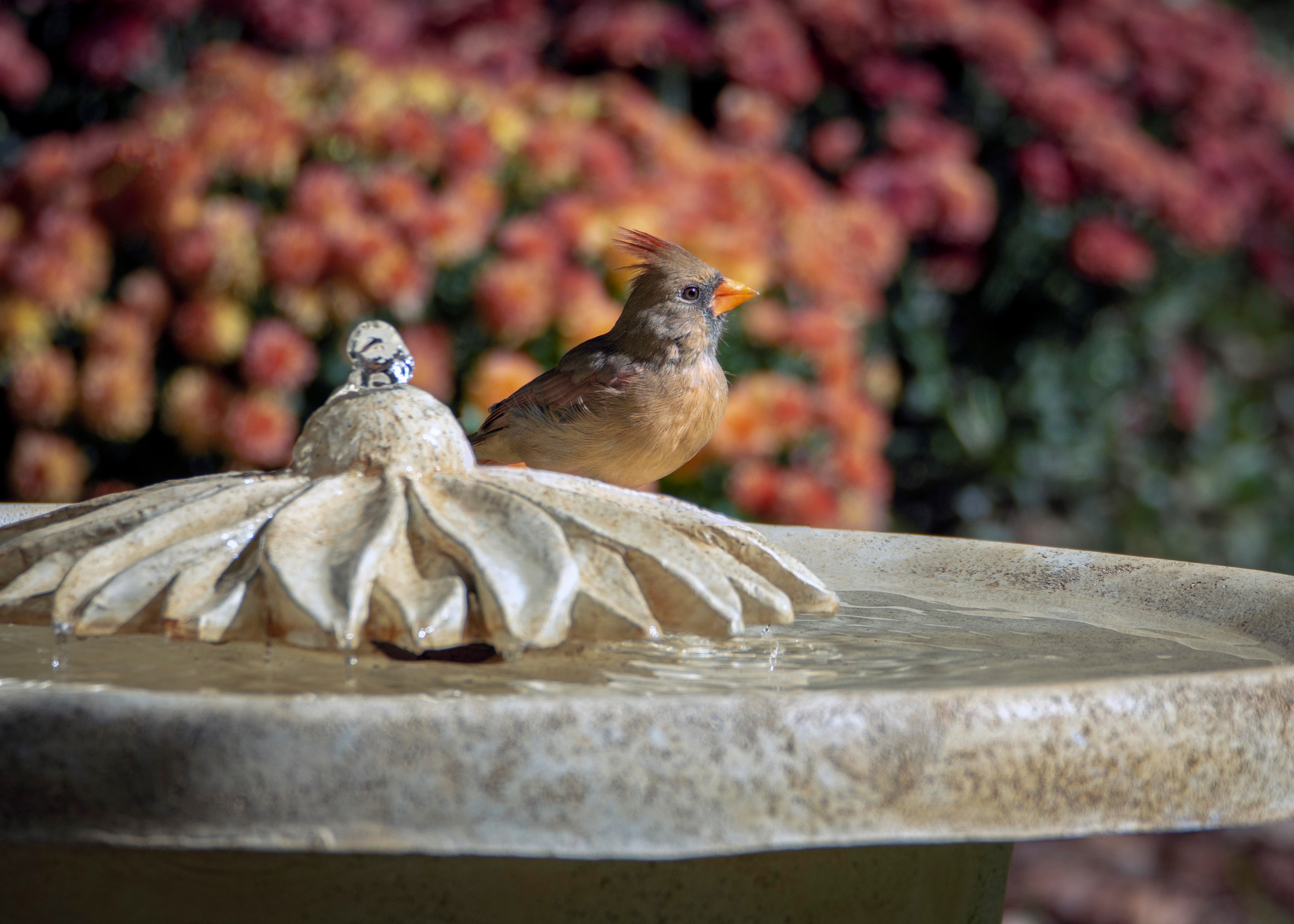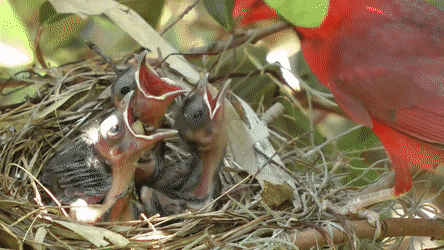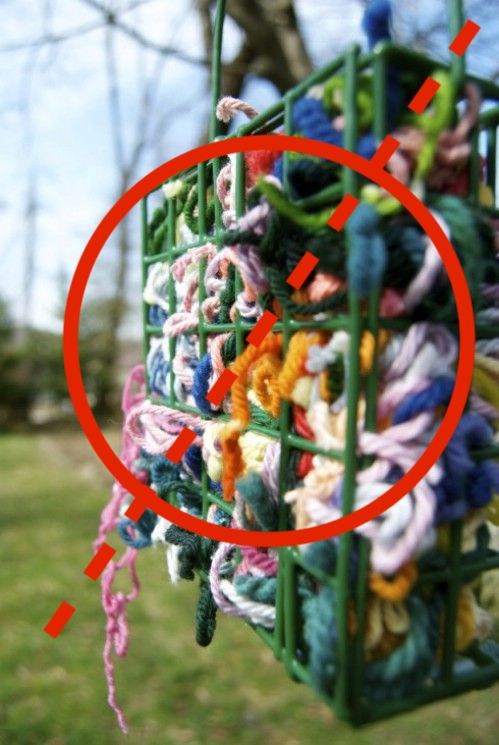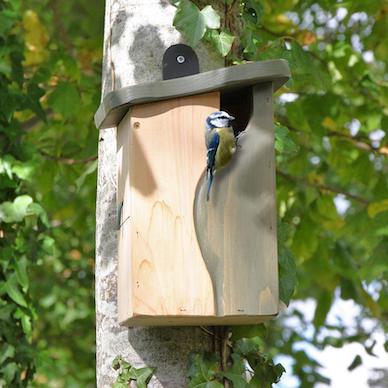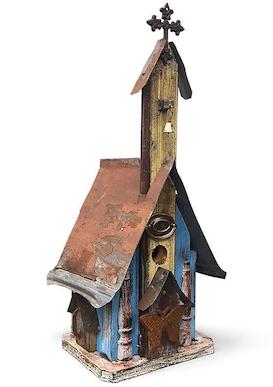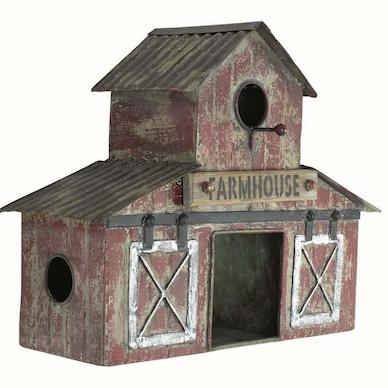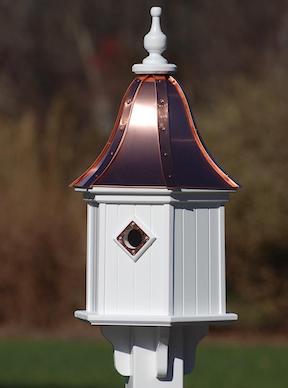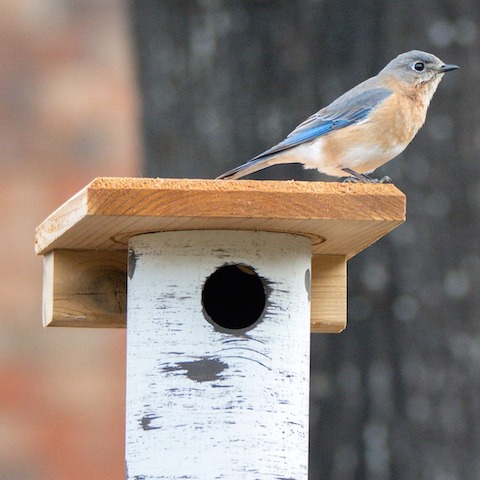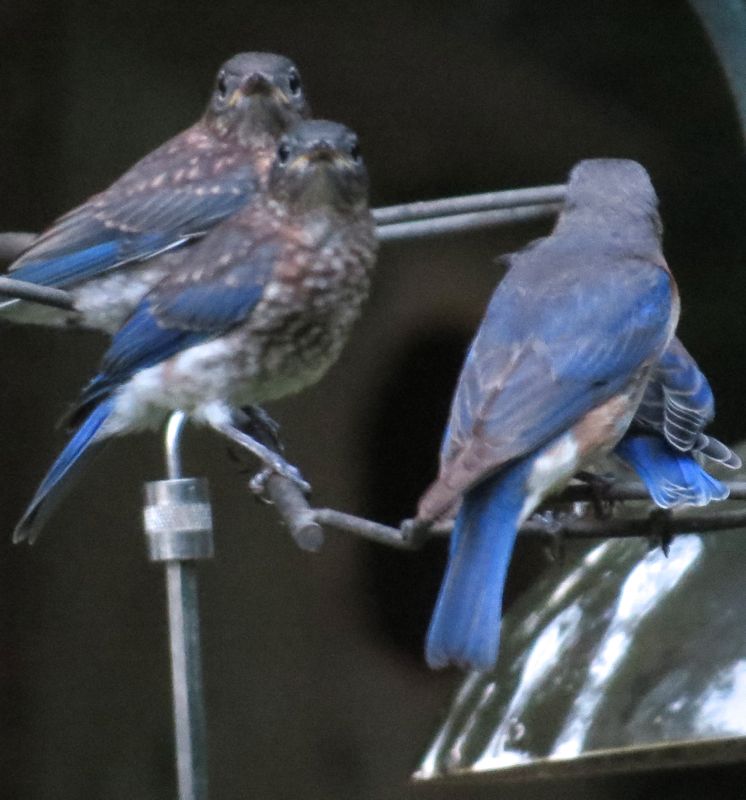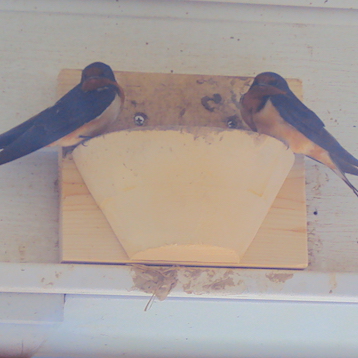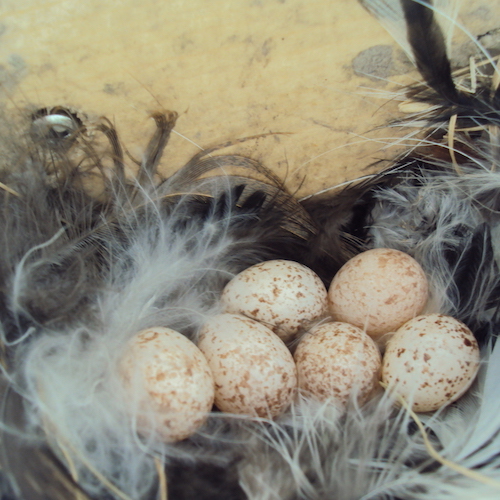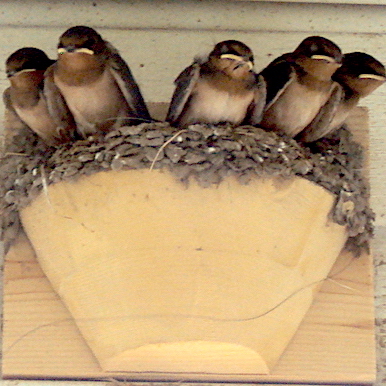-
Best Birdhouses in 2020…
Come with Free Nesting Materials!
Through March we’re giving away some organic premium nest materials with all birdhouses. North American songbirds adore our nest materials… even those who may not use a birdhouse will partake! A few of those non-cavity dwellers (who prefer to nest in trees and shrubs) include; cardinals, goldfinches, house finches, blue jays, robins and others.
Although the materials are found in nature, you might just jump-start the nesting process by offering the materials and having any existing birdhouses cleaned out and repaired if necessary… before birds are scouting! Unusually warm temperatures around most of the country have birds at least looking for the perfect home already.
Because backyard birding has become so popular, you may have seen all the DIY nesting material tutorials and posts on social media. If it’s on the web, it must be true… right?
Nope! Especially if you’ve seen this image or similar with yarn strings in a suet cage.
Please avoid! The DIY part is perfect and we do encourage it – but with natural, healthy and correct materials.
Refrain from anything with dye as its not found in nature and may be harmful to hatchlings and older nestlings alike. If using raffia, strings or stringy moss (Spanish moss) be sure to cut strips short. Two to three inches is plenty as strings may become tangled in little birdie feet! Should this occur, the bird’s circulation could be in danger- possibly constricting blood flow.
Should blue jays be terrorizing your hanging baskets, they’re most likely after the coco liner or moss for nest nest construction. Best to take an extra liner and cut pieces to place on the ground or in a suet cage.
We have several older blog posts on the subject… from years ago and prior to social media hype. Examples from our own yard show how easy it is to DIY safely and correctly.
Dryer lint: Steer clear! Even though it’s so soft & fluffy, fibers may contain dye which once again, are not found in nature.
Pet hair: Definitely a yes unless fido or fluffy is on medication or they’ve been treated with flea & tick products.
Always: Let birds do the interior decorating! Place nesting materials nearby so they can gather what works best in their own birdhouse.
You can encourage residency and have nesting birds grace your place this season… whether they use birdhouses or not!
Oh yeah… a few 2020 birdhouse models that rock!
-
Bluebird House Scouts are Out and About!
Once cherry blossoms and crocus bloom… you can bet the search is on for the perfect bluebird house! Even though it’s February and still frosty, bluebird courtship is underway. Once they pair up, the search is on for the best bluebird house with single a pine needle or piece of straw to claim their favorite.
What’s the best bluebird birdhouse? Start with a NABS approved design. The North American Bluebird Society actually rates bluebird houses for appropriate features such as the ability to monitor nests, ventilation, drainage and clean-out, correct hole size and floor space. Distance from floor to entry is also a factor as nestlings become easy prey for predators should the entry be too close to the birdhouse floor.
Monitoring is recommended so long as parents and nestlings aren’t disturbed. It’s a great and educational way to get the family involved and get kids outside! Just a quick nest check can help with successful fledges and it only takes a few seconds.
Avoid checking at dawn and dusk when parents are busiest feeding babies. Always tap on the birdhouse first to avoid startling parents. With front- or side-opening bluebird houses, avoid nest checks once babies are about 12 days old as it could cause premature fledging. Never handle eggs or touch nestlings and most of all… don’t pester the birds.
The innovative bluebird house shown is the Gilbertson Nest Box and blues just adore it! Rather than a door for monitoring, the PVC coffee can-shape cavity pops on and off the roof’s underside via two pins. Simple to monitor, just squeeze the top of house with both hands to elongate and release the birdhouse part. Take a peek at eggs or nestlings and pop the house back onto the roof in the same fashion. The Gilbertson is NABS approved, withstands weather and deters house sparrows with its overhang roof.
For information on becoming a bluebird landlord- please visit Sialis.org for more comprehensive answers to all bluebird questions!
-
Barn Swallow Nest Cups to the Rescue!
Although you may still have snow on the ground… ’tis the season in the southeast! Already we’re seeing bluebird families dissipate to claim territory while luring mates and scouting houses. Purple martins have returned which means barn swallows are en route. The latter, both considered migratory birds are here for their spring/summer breeding season. Martin landlords are ecstatic (just check any social media page) and bluebird enthusiasts are gearing up hoping for a strong nesting season.
Still somewhat intact (despite environmental protections systematically being destroyed), is the Migratory Bird Treaty Act which was written in order to protect these (and other) beneficial migrating birds. Impeding the nest of any migratory bird is not only illegal, it’s immoral and downright mean. There are alternatives should nesting birds become problematic around your property.
Barn swallow nest cups are just one example. Made of wood, they’re less messy than natural nests and last for years. Best part is that swallows love these cups and by customer reviews over the years- it’s 5-star all the way! Should the poop be a problem, simply install a small shelf below the nest cup. It won’t bother the birds in the least and messy poop problem is solved. This inexpensive optional add-on will be available with our nest cups very soon!
Because swallow nesting sites are disappearing (along with much of the natural habitat) we’re rooting for these family-oriented birds who eat thousands of bugs and mosquitoes. With 2 broods per season, they return to the same nesting site each year… with kids in tow! It’s actually pretty cool to witness the cycle and for folks who’ve been lucky enough to have them- their early spring arrival is eagerly anticipated.
We reside near a Publix Supermarket outside of Atlanta. Their grande brick entryway happens to be the home of a barn swallow family who’s been nesting there for the past three years. We’re in this store enough for a family of ten… needless to say it’s like every other day. So periodically looking up to see if the swallows were back yet, we noticed the dreaded bird spikes installed to keep them from nesting. Heart sink now, so very disappointed 🙁
Of course nobody in the store really cares (part of society’s problem today) so four times we tried to get management on the phone. A bit of gentle education was in order- just letting them know what they’ve done is actually illegal and there are alternatives available. We’re more than happy to donate the nesting cups and make the shelves to contain any poop. Management had no idea and thanked us for our concern. They took our info and said property management would be in touch. Hope so… we’ll see what transpires. And hey… it’s all about the birds 🙂
Update: After speaking with GA Dept. of Natural Resources, we learned the practice of blocking nests of migratory birds is not illegal.
What is considered illegal is harming or removing a nest. So, if the birds have begun building, it’s hands-off and no interference is allowed. Since the swallows have not yet arrived, blocking their nest area is legal… but still cruel and ethically wrong when such easy alternatives are available.
Hummingbird Feeders
about feeders & accessories

